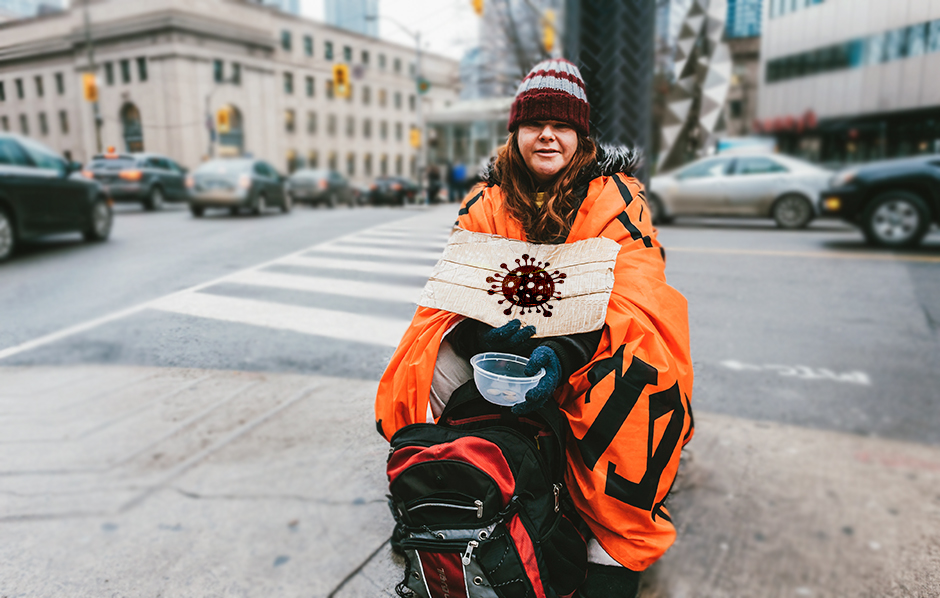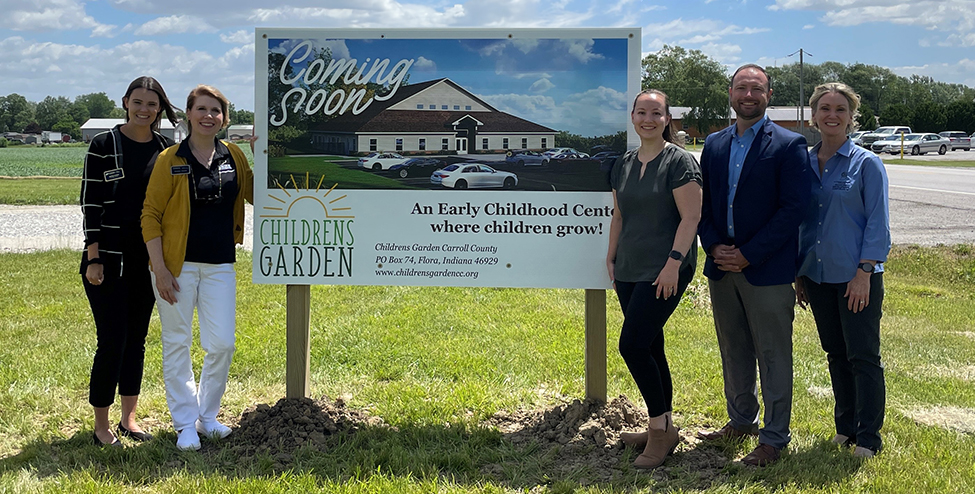COVID-19: Low Income Counties Getting Hit the Hardest

Both COVID-19 cases and deaths have begun once again to accelerate across the United States. Such trends are worrisome given that this “third” wave has no geographic epicenter, unlike the northeast breakout experienced in the spring or the breakout suffered in the south over the summer period.
There is growing evidence that COVID-19 is now reaching rural areas with a limited presence of hospitals or other critical health care services. Further complicating matters is the absence of a robust telehealth system since many rural areas lack the requisite high-speed broadband infrastructure required to support such a system.
While some have argued that COVID is an equal opportunity offender, recent data do reveal that COVID has had a pronounced impact on racial and ethnic minorities in the county. Absent from the discussion up to this point, however, has been an examination of COVID cases and deaths by income groups.
To investigate this issue, we downloaded a county-level COVID dataset and divided counties into four equal groups or quartiles (same number of counties per group) based on their median household income as of 2018 (the latest date in which income data are available). The group labeled “lowest” includes counties with a median household income of less than $42,480; the 2nd lowest group are counties with a median household income between $42,480 and $49,887; the 2nd highest group has incomes in the $49,888 to $57,610 range; and the highest group had a median household income of $57,611 or higher.
Table below shows both the total number of COVID-19 cases and deaths as of October 25, 2020 along with the total population (2019, latest available) for each income category.
| County Groups by Income | Lowest | 2nd Lowest | 2nd Highest | Highest |
|---|---|---|---|---|
| Total Population | 21,703,478 | 49,091,708 | 74,211,652 | 183,193,764 |
| COVID-19 Cases | 714,480 | 1,432,930 | 1,944,818 | 4,236,045 |
| COVID-19 Deaths | 19,210 | 32,964 | 36,069 | 111,209 |
The following animated graphs traces the weekly COVID-19 cases per 100,000 residents for each of the income groups over the March 15 to October 25, 2020 period.
Take note of how counties in the highest income group had a larger share of both COVID-19 cases and deaths per 100,000 residents through mid-July. After this point, COVID-19 cases and deaths per 100,000 residents began to show a different pattern with cases/deaths swelling in the lowest income quartile counties.
As of October 25, counties in the lowest income group had almost 1,000 more cases per 100,000 residents compared to the highest income group — approximately 3,292 cases and 2,312 per 100,000 residents, respectively. Likewise, COVID-19 deaths per 100,000 residents was 89 in the lowest income group versus 61 in the highest income group.
A related question is whether these income trends would play out in a similar fashion across urban, suburban, and rural counties (grouped using the Urban Influence Codes developed by the USDA Economic Research Service). An argument could be made that the largest segment of counties in the lowest income tier would be in rural America while the largest share of top income counties would be urban based.
To examine this issue more fully, we determined the share of urban, suburban, and rural counties by income group. Roughly 46% of urban counties were in the highest income group while 9.5% were in the lowest income group. Regarding rural, one-third (33.4%) of rural counties were in the lowest income group compared to 15.1% in the highest income group. About 10% of suburban counties were in the highest income group compared to 34.8% in the lowest income group. In other words, there is some variance between county type (urban-suburban-rural) and income groups.
| Urban | Suburban | Rural | |
|---|---|---|---|
| Lowest | 111 (9.5%) | 357 (34.8%) | 317 (33.4%) |
| 2nd Lowest | 226 (19.4%) | 302 (29.4%) | 257 (27.1%) |
| 2nd Highest | 293 (25.1%) | 260 (25.3%) | 232 (24.4%) |
| Highest | 536 (46.0%) | 107 (10.4%) | 143 (15.1%) |
| Total | 1,166 (100.0%) | 1,026 (100.0%) | 949 (100.0%) |
Note: total may not add to 100 due to rounding
In conclusion, while the COVID-19 pandemic first impacted more affluent counties measured by median household income, data show that by mid-July, poorer counties were being affected at a higher rate. Furthermore, the lion’s share of these lower income counties were located in our nation’s rural and suburban areas. This shift is an issue worthy of close monitoring in the days and weeks ahead as the COVID-19 pandemic enters its third wave.
Save on your next purchase with Publico’s student coupon codes! Stretch your dollar further with amazing deals on everything from clothing to electronics. Our discounts are designed to help you get the products you need without overspending. Shop with Publico and start saving today!

Dr. Bo Beaulieu is Professor Emeritus of Rural and Regional Development, Purdue Center for Regional Development and the Department of Agricultural Economics. Bo has played a... read more




